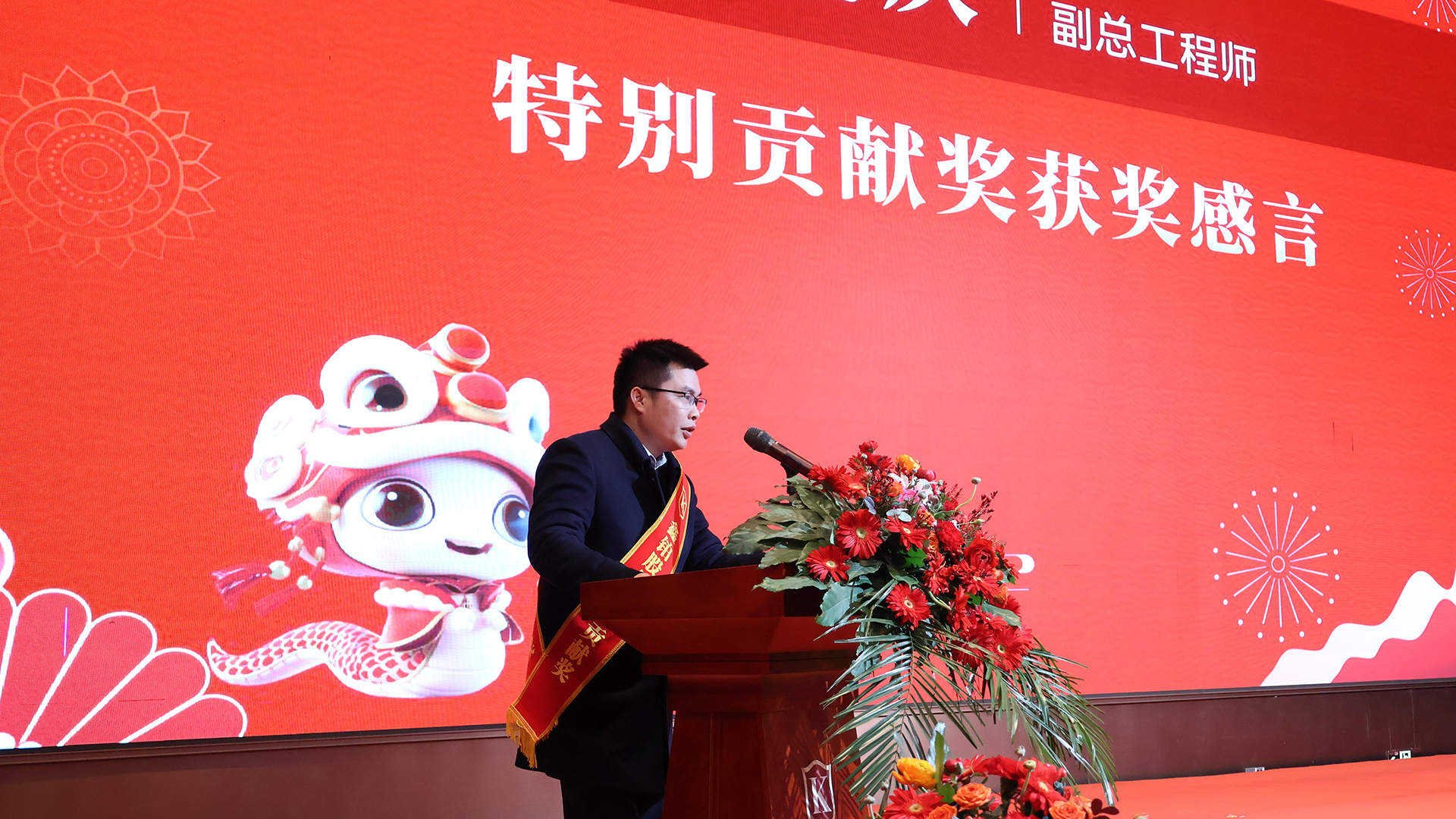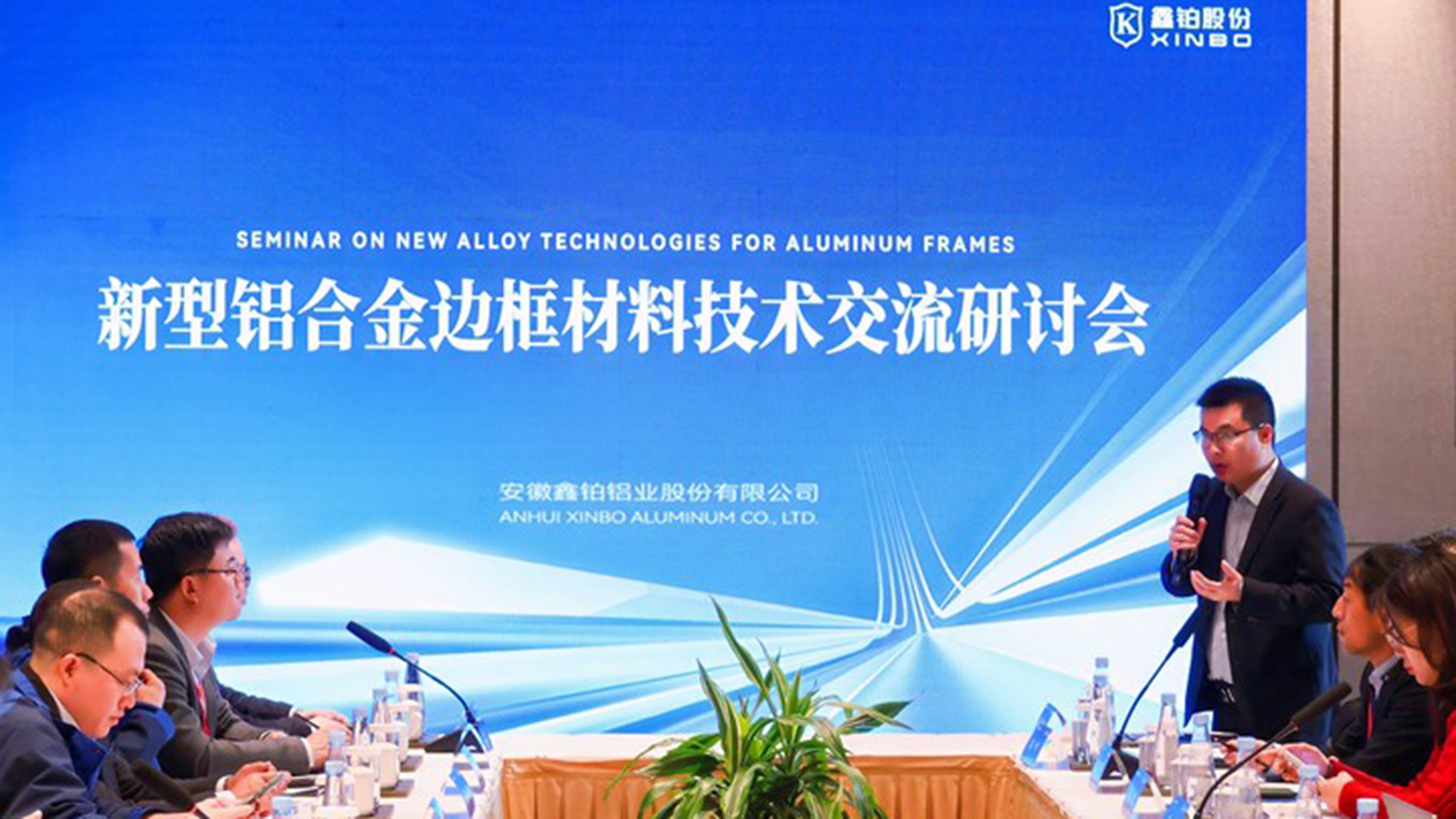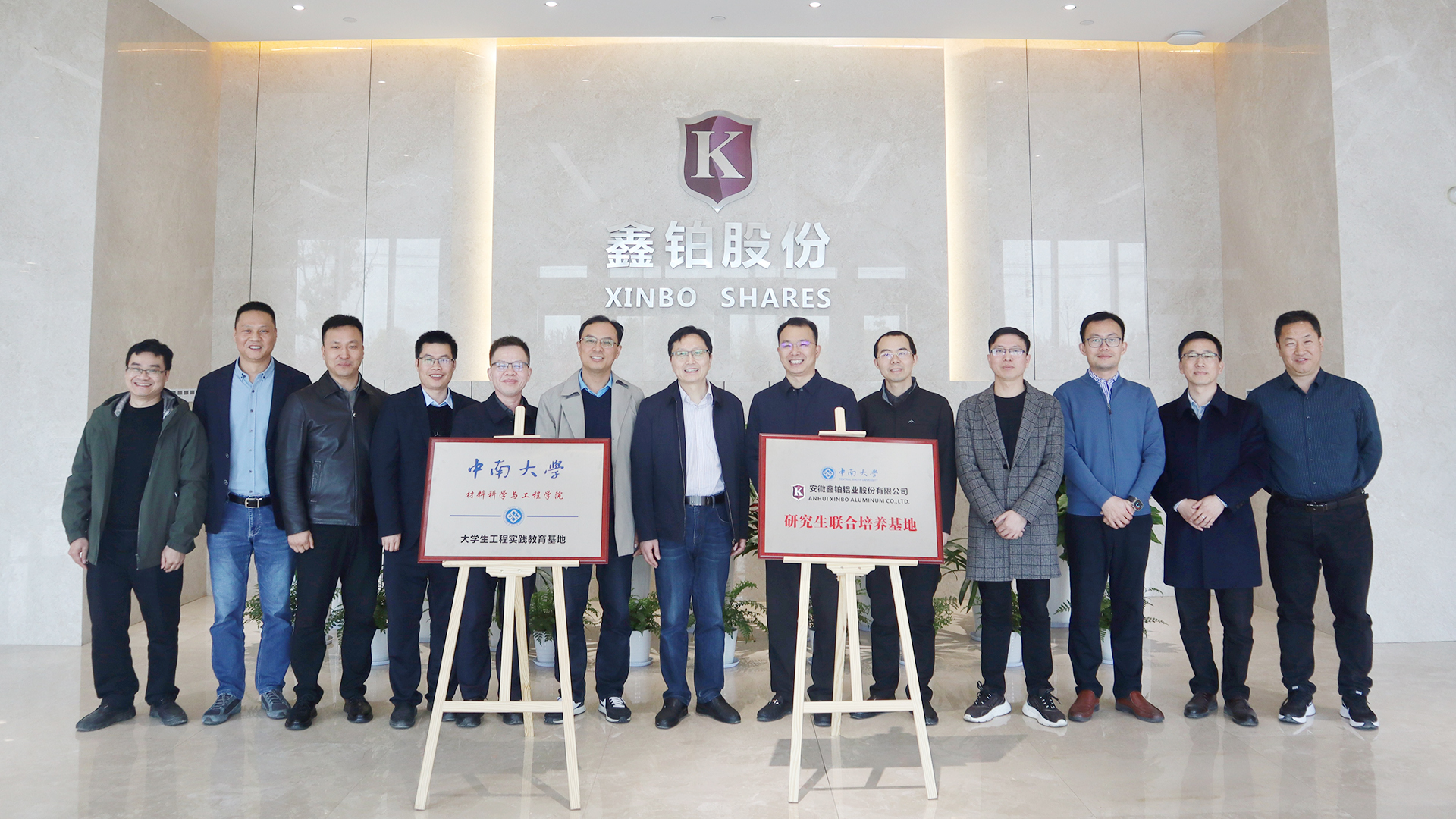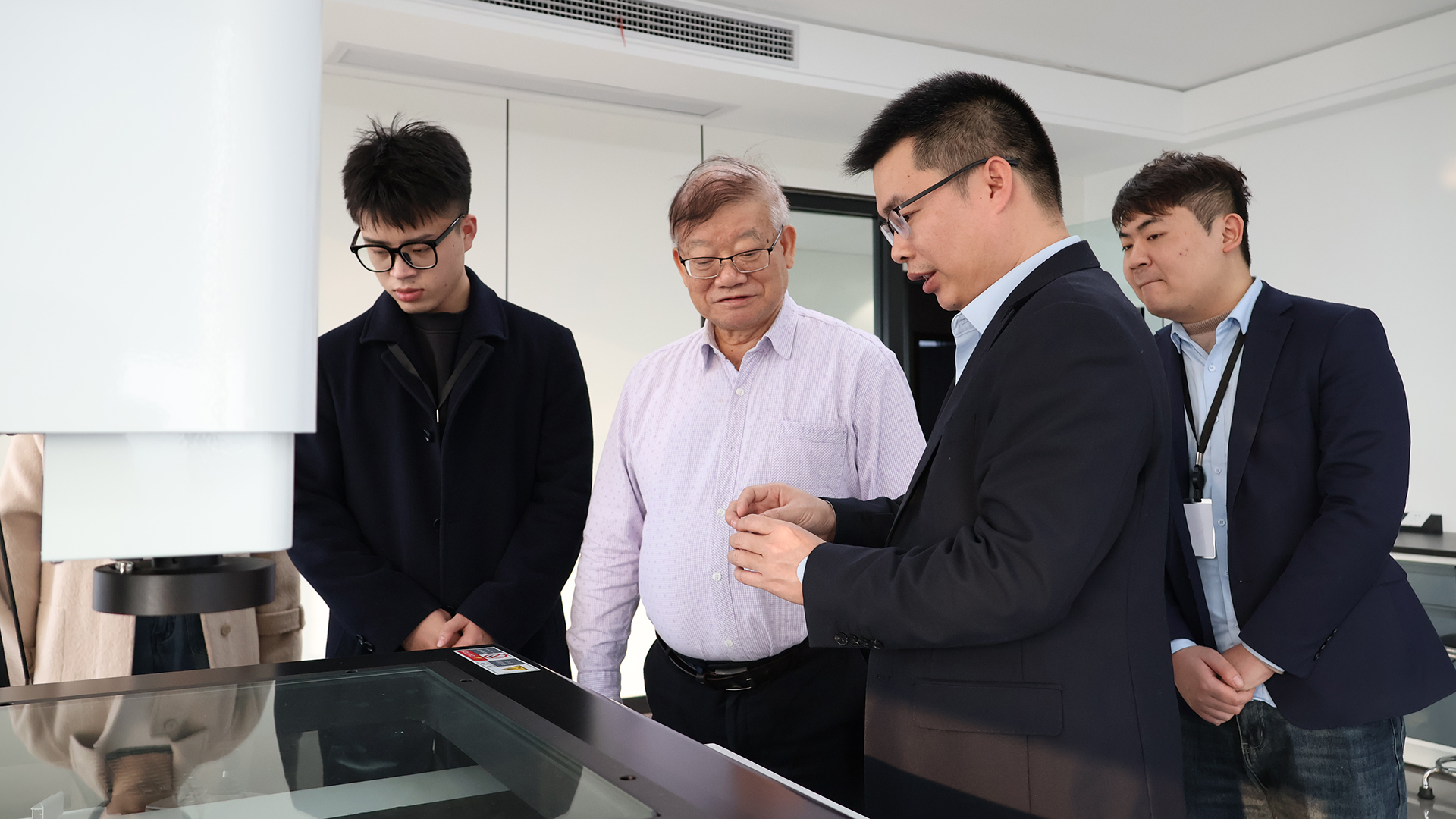cn
cn


In the wave of severe resource depletion and internal competition in the industry, technological innovation has always been the key to industry breakthroughs.

In the office of Li Feiqing, Deputy Chief Engineer of the R&D Center of Xinbo Co., Ltd., a set of aluminum alloy frame samples were wiped shiny. These seemingly ordinary materials carry the breakthrough achievement of cost reduction and efficiency improvement in the photovoltaic industry - the 6A05 new photovoltaic frame material developed under his leadership, which achieves a cost reduction of 7% -10% through "microalloying technology". This breakthrough achievement also earned him the title of "Special Contribution Award" for Xinbo Co., Ltd. in 2024.

1. From pain spot to breakthrough: the birth of new materials for photovoltaic frames
As the "skeleton" of the module, the photovoltaic frame needs to have high strength, corrosion resistance, lightweight and other characteristics. However, the stability and cost issues of traditional aluminum alloy frames in extreme environments have long constrained the development of the industry. Li Feiqing's team has aimed to achieve "lightweight+high cost-effectiveness". After a year of research and development, they have broken through material formula and process bottlenecks, and conducted thousands of experiments to develop a new photovoltaic frame material that is far superior to traditional aluminum alloy frames in terms of mechanical properties and corrosion resistance.
In November 2024, this achievement made a stunning debut and was hailed as the "dual guarantee of photovoltaic module lifespan and efficiency".

2. The construction of a bridge between industry, academia and research: technological breakthroughs and team collaboration
“Technological innovation cannot be done behind closed doors, "Li Feiqing always emphasized the power of open cooperation. Technological innovation not only needs to be rooted in industry demand, but also needs to be grafted onto basic research in universities. In 2023, he promoted the establishment of an "Alloy Materials Research Institute" between Xinbo Group and its alma mater, the School of Materials and Engineering at Central South University, to deeply connect the theoretical research advantages of universities with the industrialization needs of enterprises.
“The process of research and innovation is like climbing a snow mountain, every step requires precise judgment, "Li Feiqing recalled. The team was once deadlocked due to abnormal fluctuations in the elongation performance of the product. Finally, microscopic electron microscopy analysis revealed that the internal structure of the aluminum rod was uneven. This problem was solved by optimizing the intermediate alloy and the addition method of the intermediate alloy, achieving a breakthrough. He emphasized the importance of teamwork in the process of innovation breakthroughs: "The company's culture of 'unity and cohesion' is the cornerstone of success”.

3. The leap from laboratory data to real market value
The research and development of new materials is only the starting point, and large-scale production is the real challenge. True innovation must withstand three tests: laboratory data, production line yield, and client ledger. From third-party experimental testing and validation to client sample testing, from customized design optimization to batch supply, the Li Feiqing team works closely with the production department to strive for excellence in every step, ensuring that the value of new materials for photovoltaic frames is proven through repeated inspections and gains market favor.
This engineer who is deeply involved in the field of materials is not good at words, but he has demonstrated the perseverance of a technological innovator through his actions - he not only needs the courage to break through boundaries, but also the down-to-earth craftsmanship. Since joining Xinbo in 2020, Li Feiqing has never stopped innovating and breaking through. This "materials magician" always believes that in the deep waters of industrial transformation, only useful technology can penetrate the cost rock layer and truly make innovation the "living water" of inclusive industries.